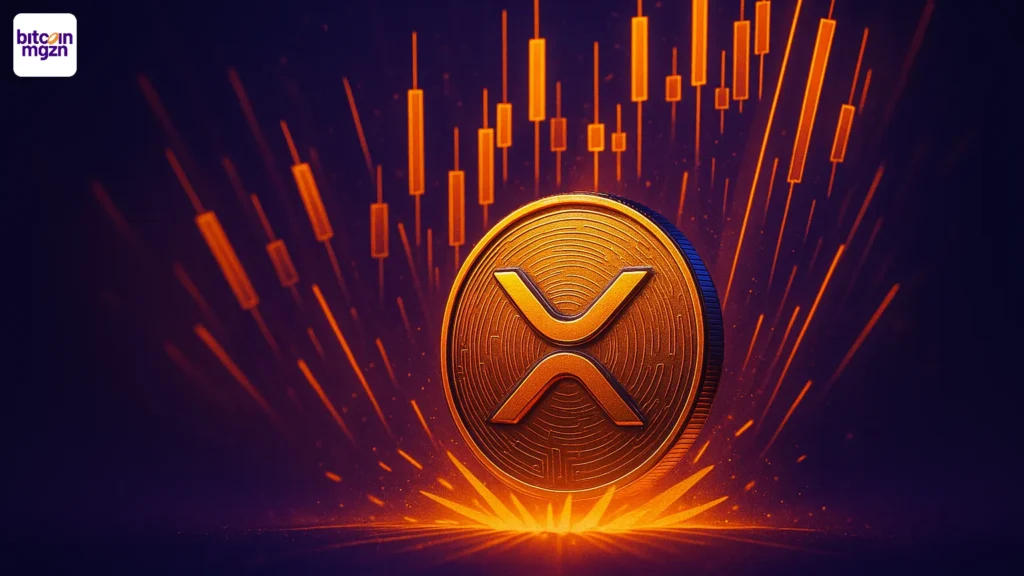Key Takeaways
What makes the Fusaka upgrade significant for Ethereum?
Fusaka introduces PeerDAS and a 5x block gas limit increase, aiming to boost scalability and data throughput.
How is Ethereum’s market reacting to the Fusaka upgrade announcement?
Despite the upgrade news, ETH remains under bearish influence, trading below key EMAs with bearish momentum.
Since its launch, Ethereum [ETH] has undergone a series of upgrades to improve security, scalability, and sustainability.
Since 2020, Ethereum has made five major upgrades to transition to proof-of-stake, including the Merge, Shapella, and EIP-1559.
In the latest development, the network developers have set their sights on the Fusaka Mainet upgrade.
Fusaka mainnet launch scheduled for December
In a significant, decisive move, Etherem developers locked in December as the mainnet launch for the Fusaka upgrade.
During the All Core Developers Consensus (ACDC) call on the 30th of October, the team made the date final following Fusaka’s success on the Hoodi testnet on the 28th of October.
In early October, the highly anticipated Fusaka upgrade was successfully deployed on the Holesky and Sepolia testnets. Each rollout was closely monitored to assess validator stability, synchronization, and overall performance, paving the way for a full mainnet launch.
Following its release, Fusaka will introduce a dozen Ethereum Improvement Proposals (EIPs) aimed at enhancing the network’s efficiency, speed, and security.
This marks Ethereum’s most significant upgrade since the Pectra update in May 2025, and sets the stage for the next phase of layer-2 integration.
Key features and anticipated developments
Significantly, the Fusaka upgrade includes several new features that set it apart from previous versions.
Firstly, the central feature is Peer Data Availability Sampling (PeerDAS), which helps validators access and verify data effectively. PeerDAS was slated for a Pectra upgrade, but was delayed to allow for more testing.
Another significant improvement for Fusaka is the increase in the block gas limit from 30 million to 150 million units. This addition will improve Ethereum’s transaction capacity and double the throughput of blob data.
With these upgrades, the core development team hopes to push Ethereum to its primary goal of low-cost scalability and high throughput.
How’s the ETH market doing?
Strangely, even after announcing the long-awaited upgrade, Ethereum’s market structure remains weak, with bears dominating.
After breaching the $3.8k support, ETH dropped to a low of $3.6k before rebounding to a high of $3873. At press time, Ethereum was trading at $3842, down 1.72% on the daily charts.
Significantly, this drop has been primarily driven by increased selling pressure. According to CryptoQuant data, Ethereum Exchange Netflow has remained positive for the past two days.
Source: CryptoQuant
Typically, heightened selling activity creates strong downward pressure, often signaling a potential drop in prices.
Consequently, the altcoin fell below its short-term exponential moving averages (EMAs). Simultaneously, its Sequential Pattern Strength declined to -9.33, suggesting the emergence of a pattern marked by progressively lower highs.
Source: TradingView
These market conditions indicate an exhausted uptrend, with potential for a short-term downside move. Therefore, if prevailing conditions persist, ETH will breach $3.8k and find support at the 200 EMA around $3601.
Conversely, if the recent drop creates a buying window, bulls will target 50 & 100EMAs at $3988 and $4089, respectively.
Source: https://ambcrypto.com/ethereum-fusaka-upgrade-mainnet-date-officially-locked-for-3-december/


